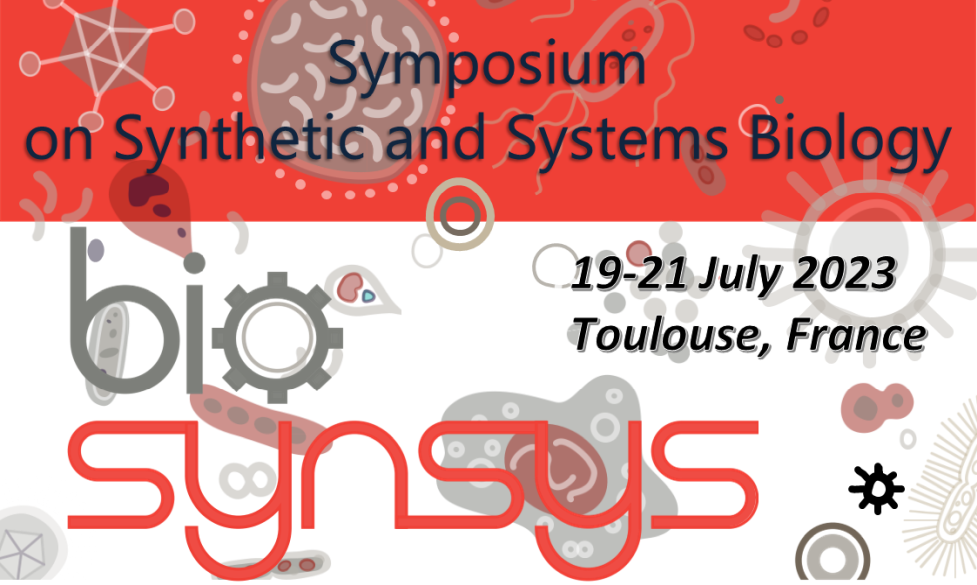Within natural ecosystems, microorganisms live in communities and interact with each other. By shaping the composition, stability, and functionality of ecosystems, microbial interactions are fundamental building blocks of communities. However, mechanisms governing these interactions remain largely unknown. One way to study these mechanisms is through the rational design of interactions in model organisms. This project aims to construct B. subtilis synthetic consortia exhibiting obligate mutualistic interactions based on amino-acid cross-feeding. Such interactions could allow for the distribution of metabolic tasks between individuals (i.e. division of labor).
To identify strains that are able to cross-feed each other, 36 auxotrophic B. subtilis strains were grown in pairwise cocultures. Out of the 630 combinations, 70 consortia showed a biomass accumulation greater than 50% of that of the wild type. Three of these consortia were selected for further characterization. The {ΔargG ; ΔmetE}, {ΔleuA ; ΔpheA} and {ΔlysA ; ΔthrC} consortia were found to grow up to 40 generations in minimal media with growth rates representing 25%, 25% and 50% of that of the WT, respectively. The proportions of both partners evolved towards an end-point balance specific to each consortium.
Finally, a directed evolution experiment is currently ongoing to optimize the fitness of the consortium {ΔlysA ; ΔthrC}. So far, the consortium has grown in continuous culture for 240 generations. A preliminary screen has identified variants that show a 1.3-fold increase in growth rate compared to the non-evolved consortium. Such variants will be fully characterized to uncover the mechanisms responsible for the division of labor and cross-feeding improvement.

 PDF version
PDF version
